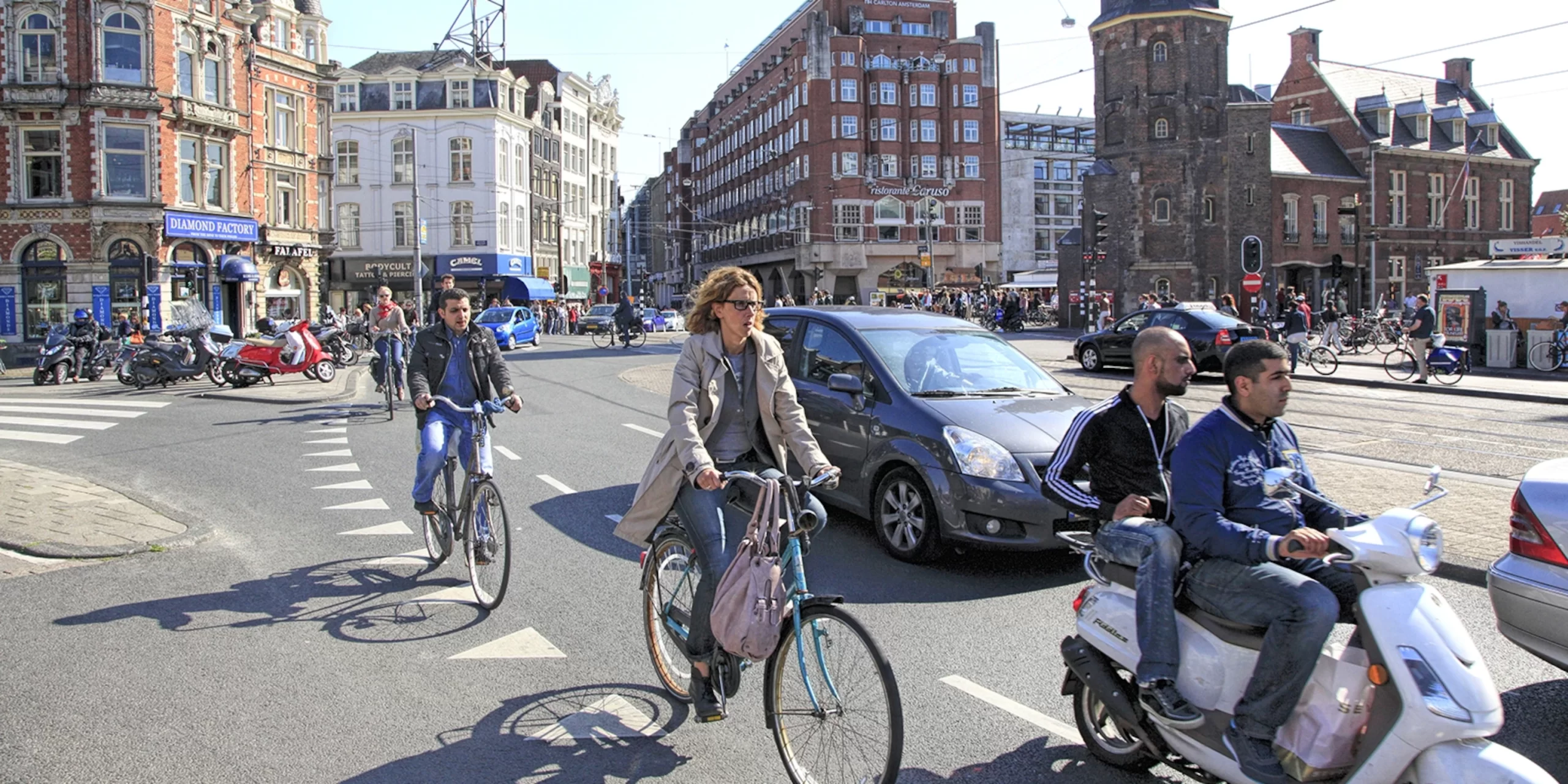The Netherlands has an extremely robust broadband market, making it one of the most connected countries in the world. KPN and Vodafone-Ziggo are the two dominant players in the mobile sector, which is a highly competitive industry. It’s difficult for new enterprises to get into the market, but the industry is continually evolving.
In 2012, 80 percent of people have access to the internet; by 2019, that figure had risen to nearly 96.3 percent. Luxembourg and Norway have larger percentages of broadband internet users than the Netherlands, to put things in context. Additionally, the percentage of people accessing the internet via their smartphones has steadily increased.

According to a recent report, the percentage of people who own smartphones increased from 70% in 2014 to 93% in 2019. It’s not a surprise that young people have the highest penetration rate of phones when the age group is narrowed down to age. In the 13-19 age group, about 99 percent of people said they had a smartphone, compared to about 80 percent of people in the 50-64 age group.. Customers use smartphones for one specific purpose: accessing the internet. A whopping 86% of the online population accessed the internet through their mobile devices. In contrast, 68% of those polled said they utilised social media, while just over 50% said they used it for banking.
📈🤖 Unlock unparalleled trading potential with GPT Stocks Master AI! Revolutionize your portfolio, leveraging real-time insights and predictive analytics. Don’t miss out – step into a world where precision and profitability meet. Ready to transform your trading journey? Click “Master My Trades” now for your exclusive access! ✨🚀📊
Quad play bundles (also known as “The Fantastic Four”) grew increasingly popular as mobile phones and wireless service options proliferated. Wireless service is often included with quad play bundles, which include broadband internet, television, and phone service. According to IDC, retail connections for packages of services were now quad play in 25% of cases in the fourth quarter of 2019, up from 13% in 2016.
The Dutch telecoms market is extremely competitive and intensely contested. Clients have a plethora of choices, therefore service providers go to great lengths to get their attention. The market moves as a result of new innovations, such as the cooperation between providers.
With market shares of between 25 and 30 percent each in the Netherlands, T-Mobile (Telekom) and KPN have been named the country’s major mobile network providers. 15 to 20 percent of the market was occupied by Mobile Virtual Network Operators (businesses that use the networks of larger network operators). For broadband connections, VodafoneZiggo and KPN had a market share of 40 to 45 percent, respectively, in the Netherlands.
In the Netherlands, KPN is one of the country’s leading mobile, television, and internet service providers. From roughly 7.3 billion euros in 2014 to over 5.3 billion euros in 2020, KPN’s annual income declined each year. For fixed-mobile bundles, the percentage of postpaid users grew from 56% in 2017 to 65% in 2020, a rise of 5% per year.
One of the country’s largest providers of internet and television services is VodafoneZiggo with KPN. With the merger of Liberty Global (Ziggo) with Vodafone’s Dutch operations, the firm increased its telecom market share. VodafoneZiggo’s annual income climbed dramatically between 2016 and 2020. In 2020, the Dutch network provider produced revenues of little over 4 billion euros. The entire revenue from mobile subscriptions was 1,37 billion euros.
